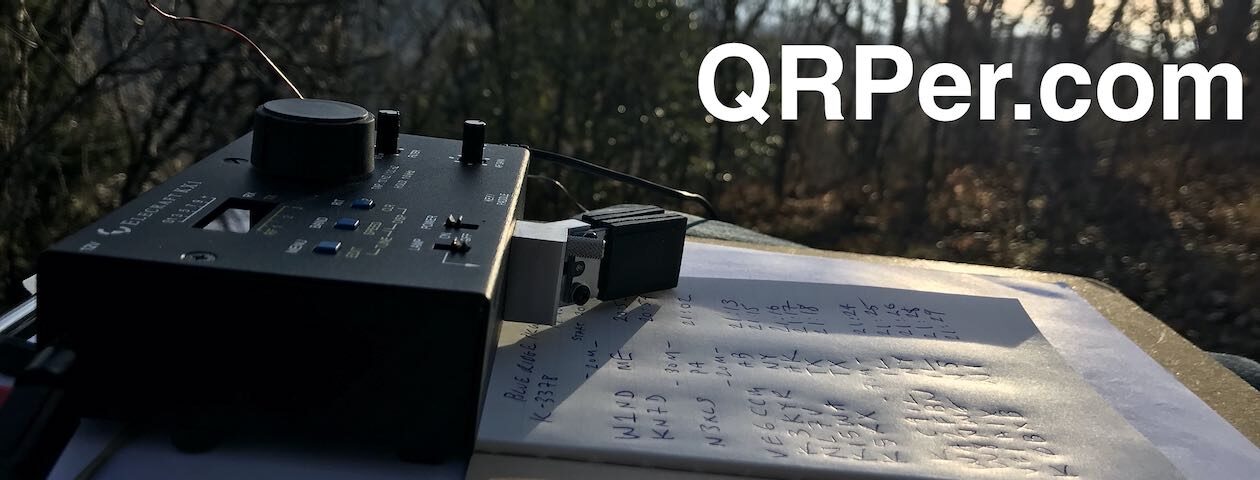As I mentioned in this previous field report, my buddy Mike and I spent the third weekend of March at Gorges State Park (US-2732) in Sapphire, North Carolina. We had a great weekend of hiking and just hanging out. Of course, I fit in a few activations!
On the morning of Sunday, March 17, 2024, after a nice breakfast and beautiful sunrise, we started packing up. Since we rented a cabin this year, it was an easy process–especially since it was also raining lightly. While I love tent camping, I’m not the biggest fan of packing up a wet tent and gear because later in the day I have to attempt to dry it all out back home.
The cabin also made it very comfortable to do a little Parks on the Air (POTA) until the rain passed and we could start our hike.
I set up my MC-750 vertical next to the cabin.
Inside, assuming I might have more radio frequency interference (QRM) to deal with, I chose my Icom IC-705.
 The cabin had a small side table attached to the wall which was the perfect spot to set up my station close to the front door and porch. The weather was very temperate that morning, so I simply left the front door of the cabin open while I operated.
The cabin had a small side table attached to the wall which was the perfect spot to set up my station close to the front door and porch. The weather was very temperate that morning, so I simply left the front door of the cabin open while I operated.
I was correct about the QRM: its pervasive throughout most of the park and is due to arcing on the high-tension power lines that run through the site.
Other than the QRM, Gorges is an amazing park to do POTA.
While I played Parks on the Air, Mike caught up on a book he was reading. Neither of us were pressed for time, so it was a pretty laid-back morning.
QRM Mitigation
 After hooking up the IC-705 to the MC-750 and turning it on, the QRM was not only audible–that unmistakable frying sound–but it was clearly visible on the IC-705’s color display.
After hooking up the IC-705 to the MC-750 and turning it on, the QRM was not only audible–that unmistakable frying sound–but it was clearly visible on the IC-705’s color display.
The noise level was about S5-S6 and persistent.
The IC-705 is a 21st-century radio and I decided to use some of its 21st-century, SDR-powered features in order to improve the audio.
First, I turned on the Noise Blanker (NB). While this feature works best for pulse noises (engine noise and electric fences, in my experience) it also removes a layer of noise from persistent arcing as well.
Next, I also used the IC-705’s built-in DSP (Digital Signal Processing). By turning on the DSP, another layer of noise is removed.
With both NB and DSP engaged, the audio was much more pleasant and less fatiguing.
Keep in mind that even though the noise was minimized in the audio, it was still there in the receiver so this didn’t help much with recovering weak signals under the elevated noise floor. It just made playing radio much more pleasant! Continue reading Cabin POTA with the IC-705 and MC-750 at Gorges State Park!




























































